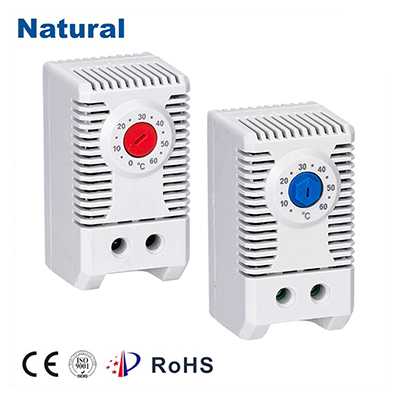In our increasingly interconnected and technologically advanced world, temperature regulation is a critical aspect of various industries and applications. Whether it’s maintaining the optimal operating temperature of industrial machinery or safeguarding sensitive electronic components from overheating, high temperature thermostats play a pivotal role in ensuring efficient and reliable performance. This article delves into the world of high temperature thermostats, exploring their significance, working principles, and diverse applications.

Understanding High Temperature Thermostats High temperature thermostats are specialized devices designed to control and regulate temperatures in extreme environments. Unlike conventional thermostats, which are typically used for residential heating and cooling systems, high temperature thermostats are engineered to withstand elevated temperatures often encountered in industrial and scientific settings. How High Temperature Thermostats Work High temperature thermostats operate on the same fundamental principle as their standard counterparts: they sense the temperature of a given environment and activate or deactivate a heating or cooling element to maintain the desired temperature within a specific range. However, what sets them apart is their ability to handle much higher temperatures without compromising accuracy or reliability. These thermostats incorporate advanced temperature sensors, such as thermocouples or resistance temperature detectors (RTDs), that can withstand extreme heat. They are connected to a control unit, which processes temperature data and activates the heating or cooling mechanism when necessary. High temperature thermostats may employ various heating or cooling methods, including electrical resistance heaters, Peltier devices, or even liquid cooling systems, depending on the specific application. Applications of High Temperature Thermostats Industrial Furnaces and Ovens: High temperature thermostats are indispensable in industries like metallurgy and ceramics, where precise temperature control is essential for manufacturing processes. They ensure that furnaces and ovens reach and maintain the required temperatures consistently. Laboratory Equipment: Scientific research often involves experiments conducted at extreme temperatures. High temperature thermostats are used in laboratories to maintain stable conditions inside chambers, reactors, and testing apparatus. Aerospace: Satellites, spacecraft, and aerospace components operate in the harsh conditions of outer space. High temperature thermostats help regulate temperatures within these systems, ensuring their functionality and longevity. Semiconductor Manufacturing: The semiconductor industry relies heavily on high temperature thermostats to control the temperature during the fabrication of microchips and electronic components. Precision in temperature control is critical to maintain the quality of these products. Oil and Gas: In the oil and gas sector, high temperature thermostats are used to regulate the temperature of drilling equipment and subsea pipelines, where extreme heat can be generated during operations. Advancements in High Temperature Thermostats As technology continues to advance, high temperature thermostats are also evolving. Manufacturers are developing thermostats that offer greater precision, faster response times, and enhanced durability. In addition, there is a growing emphasis on energy efficiency, with thermostats designed to minimize energy consumption while maintaining temperature accuracy. Conclusion High temperature thermostats are unsung heroes in industries and applications that demand precise temperature control under extreme conditions. They enable the efficient operation of machinery, safeguard valuable equipment, and contribute to scientific advancements. As technology continues to advance, high temperature thermostats will play an increasingly vital role in ensuring the reliability and performance of critical systems in our modern world.